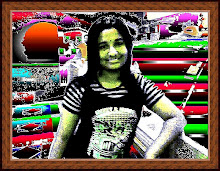Newspaper articles have long been a staple item in both reading and conversation classes because they are generally short, predictable in style, timely in content, and easy to find and use. However, the traditional method of having students read silently, answer comprehension questions, and then discuss an article can become boring to both students and teachers. An alternative to this traditional approach is turning articles into jigsaw activities, in which any one student only has a portion of the information needed to complete a task.
The advantage of jigsaw activities is that students must depend on each other for their information, so they must interact to accomplish a given task. The technique described below for making jigsaw activities from newspaper articles structures activities so that students read the text, hear the text, master new vocabulary, paraphrase, and interact at all stages of the activity (not at just the discussion stage, as in the traditional approach). In my experience, pre-intermediate to advanced students have almost all preferred using jigsaw newspaper articles to the traditional approach. The general procedure described below can be used with other types of texts as well as with newspaper articles. The description below is for a discussion class, but I have also used it with introductory sections of chapters in books as a warm-up activity for long texts.
Select a newspaper article to suit your teaching purpose and student level. Decide how many sections into which you will divide all or part of it If possible, enlarge it on a photocopying machine to make it easier for students to read and for you to cut and paste. Generally you will want to omit the first paragraph of an average article because it contains all the key information. Also omit any other sections which give away too much information. The goal is to select sections that 1) have just enough information to arouse the student’s interest in the rest of the story, 2) contain some information that overlaps with other sections but also 3) contain important information not found in other sections. Dividing the article up according to these criteria presents information in a way that forces students to develop and share hypotheses and to depend on others for information. Thus, the task of reading becomes an interactive problem-solving activity.
Subscribe to:
Post Comments (Atom)

No comments:
Post a Comment